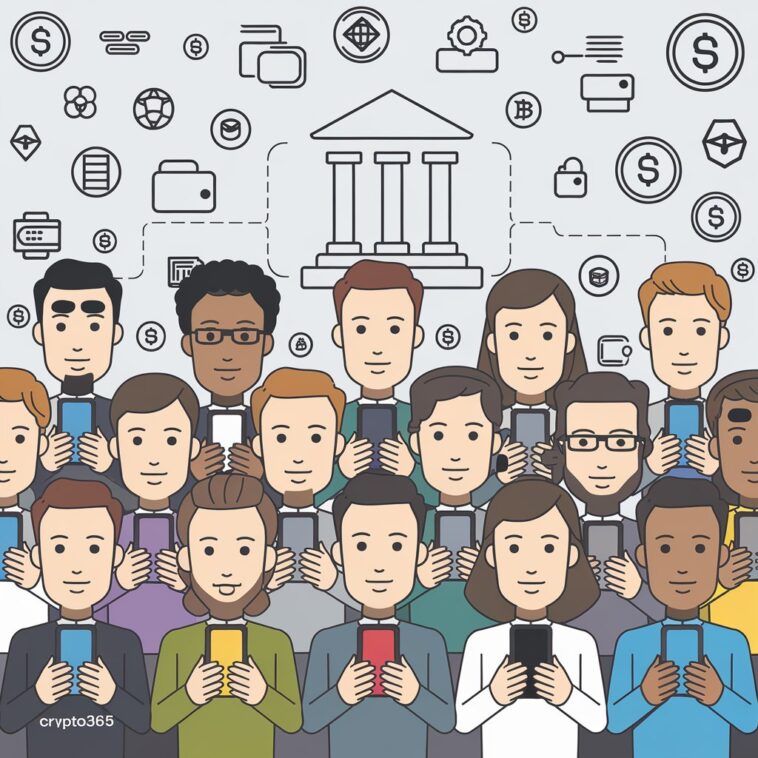Many people view the current banking system as outdated and slow. While other sectors have quickly embraced technology and innovation, traditional banking often feels like it operates at a snail’s pace, leaving many individuals without access to essential financial services. According to the Federal Reserve and World Bank, over 20% of Americans and 40% of people globally are unbanked or underbanked, meaning they lack access to basic services like loans and savings accounts.
Cascarilla argues that blockchain technology has the potential to change this dynamic. With just a smartphone and internet connection, individuals could gain access to a variety of financial services, especially in regions where traditional banks are scarce or nonexistent. This could empower millions by providing them with opportunities to save, invest, and secure loans.
At the same time, there are growing concerns that the U.S. is lagging behind in crypto regulations, particularly with Europe preparing to implement its Markets in Crypto-Assets Regulation (MiCA). This regulation will be the first comprehensive framework to govern the crypto industry on a global scale, which could position Europe ahead of the U.S. in this emerging market.
While MiCA is a significant step forward for the crypto sector, it also raises some important questions about banking risks related to stablecoins. Paolo Ardoino, the CEO of Tether—the world’s largest stablecoin issuer—has expressed concern over the reserve requirements set by MiCA. He explained that if a stablecoin manages 10 billion euros, it would need to keep 6 billion euros in cash deposits. This is a large sum, and if those funds are held in banks, it could create serious risks if a bank were to fail.
Ardoino emphasized that if a bank goes bankrupt, the substantial reserves held there could jeopardize the stability of the stablecoin. As the financial landscape continues to evolve, it’s crucial to consider how regulations and technologies like blockchain can work together to create a more inclusive and resilient financial system.




